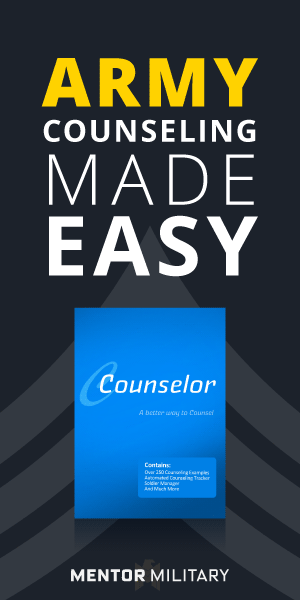Foreword: For more than four decades after the end of World War II in 1945, the security interests of the United States focused on tensions with the Soviet Union. The contest, which became known in 1948 as the Cold War, …Read More
Pamphlets
EP 870-1-72 CMH Pub 45-2 Brick Sand and Marble US Army Corps of Engineers Construction in the Mediterranern and Middle East 1947 1991
EP 870-1-70 Situation Desperate US Army Engineer Disaster Relief Operations Origins to 1950
Foreword: The U.S. Army Corps of Engineers is best known for its water resource development and military construction missions, but its emergency response work is a vital endeavor that has grown in importance and visibility in the wake of the …Read More
EP 870-1-7
Engineer Historical Studies Explorer on the Northern Plains : Lieutenant Gouverneur K. Warren’s Preliminary Report of Explorations in Nebraska and Dakota, in the Years 1855 – ’55 -’57 FOREWORD: This is the second publication in the new series of Corps …Read More
EP 870-1-69 Nothing But Praise A History of the 1321st Engineer General Service Regiment
Foreword: Over the course of World War II, the U.S. Army deployed 325,000 engineers to the European Theater of Operations. Among the units that saw action in Europe were fifty-four engineer general service regiments. These heavily equipped units, which were …Read More
EP 870-1-65 Engineer Memoir Major General Richard S. Kem
Foreword: This is the thirteenth publication in the Engineer Memoirs series of career oral history interviews. The series contains the selected recollections of major figures in recent Corps history. These memoirs lend important perspective to decision-making, now and in the …Read More
EP 870-1-64 Guides to Environmental Research Environmental Cleanup at Former and Current Military Sites A Guide to Research
Foreword: In the past, ordnance, explosives, and chemical warfare materials often created environmental hazards at former and current military sites. When the U.S. Army Corps of Engineers was tasked to remove these hazards, the Corps immediately realized that it had …Read More
EP 870-1-63 Environmental Cleanup at Former and Current Military Sites A Guide to Research
Engineer Memoirs: Lieutenant General John W. Morris
EP 870-1-62 Water Resources Hydraulics and Hydrology Interview with Alfred S Harrision
Preface: The United States Army Corps of Engineers significantly contributed to hydraulic and hydrologic engineering over the last two hundred years. Exploiting theory, innovation, and mechanical ingenuity, Corps civilian and military engineers studied the behavior of rivers and the motion …Read More
EP 870-1-61 Water Resources People and Issues Interview with Theodore M Shad
Preface: Among the leaders in federal water resources planning in the decades following World War II, few have exerted more influence than Theodore Schad. He began his career with the Corps of Engineers and the Bureau of Reclamation. Later, Schad …Read More
EP 870-1-60 Water ResourcesHydraulics and Hydrology with Margaret S Petersen
Preface: The United States Army Corps of Engineers significantly contributed to hydraulic and hydrologic engineering over the last two hundred years. Exploiting theory, innovation, and mechanical ingenuity, Corps civilian and military engineers studied the behavior of rivers and the motion …Read More
EP 870-1-6 Engineers of Independence Documentary History of the Army Engineers in the American Revolution 1775-1783
Foreword: The U.S. Army Corps of Engineers traces its origins to the earliest moments of our existence as a nation. Soon after assuming command of the Continental Army in July 1775, General George Washington acknowledged the critical shortage of officers …Read More
EP 870-1-59 Engineer Memoirs Lieutenant General Carroll H Dunn
Foreword: This is the eleventh publication in the Engineer Memoirs series of career interviews. The series contains the selected recollections of major figures in recent Corps history. These memoirs lend important perspective to decision making, now and in the future. …Read More










